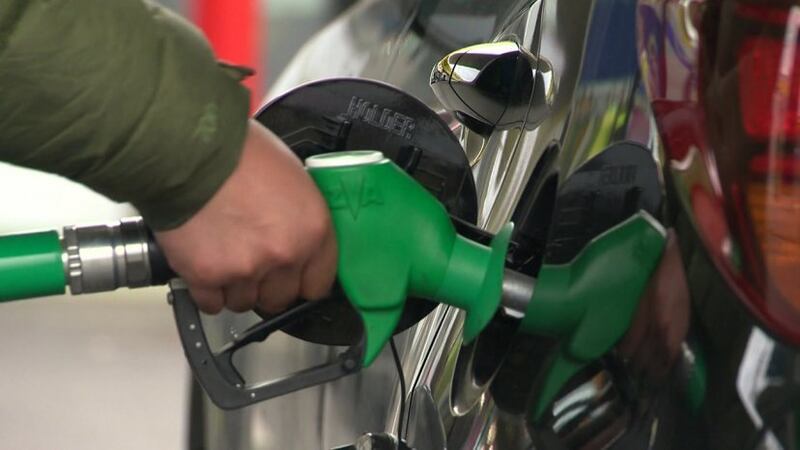New Zealand’s first regional fuel tax (RFT) that arrived in Auckland over the weekend has received some criticism.
As part of the change, Aucklanders are now paying 11.5 cents more per litre of fuel.
Horticulture New Zealand chief executive Mike Chapman says the change has caused some confusion among his organisation.
“There is no system in place for off-road ‘behind the farm gate’ vehicles and machinery used by the 441 fruit and vegetable growers in Auckland that we represent, Chapman says.
"Growers should not have to pay the RFT for vehicles and machinery that are supposed to be excluded from this tax.”
He says the fuel tax will affect growers’ businesses and costs considerably, “to the point of hundreds of thousands of dollars a year. Those costs will be passed on to consumers, making healthy food more expensive at a time when many households are already struggling.”
National’s Transport spokesperson Jami-Lee Ross says, “The fuel tax will hit those on lower incomes the hardest – almost four times as hard as those on higher incomes.”
Meanwhile, Auckland mayor Phil Goff says the investment, “will benefit all of Auckland, increasing the provision of public transport, improving our roads, cycleways and walkways, and making Auckland less congested and safer.”
Over 10 years the tax is expected to raise $1.5bil towards the Auckland Transport Alignment Project.
“Without the Regional Fuel Tax we would be able to do little more than fund the operation and renewal of the existing transport system and projects which have already been committed to,” Goff recently said in a statement.
“To raise the equivalent sum through rates would have resulted in an average rates increase of around 13 per cent this year. Alternatively, to do nothing would see Auckland gridlocked in a short period of time.”
The RFT will allow increased investment across a broad area including:
- Road safety
- Bus priority improvements
- City centre bus infrastructure
- Improving airport access including a Puhinui bus-rail interchange
- AMETI eastern busway progression
- Walking and cycling, park and rides
- Further electric trains and stabling
- Road corridor improvements
- Downtown ferry development
- Growth-related transport infrastructure and other projects

